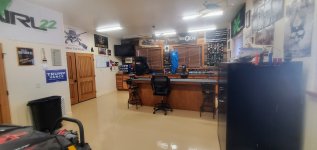I have zero experience. Must do it myself. Want cheap and easy install if at all possible. Would pay more for easy install vs. cheap and difficult install. Not a fan of the confetti type textures but definitely don't want a slip hazard.
*Brand new concrete.
Go...
*Brand new concrete.
Go...





